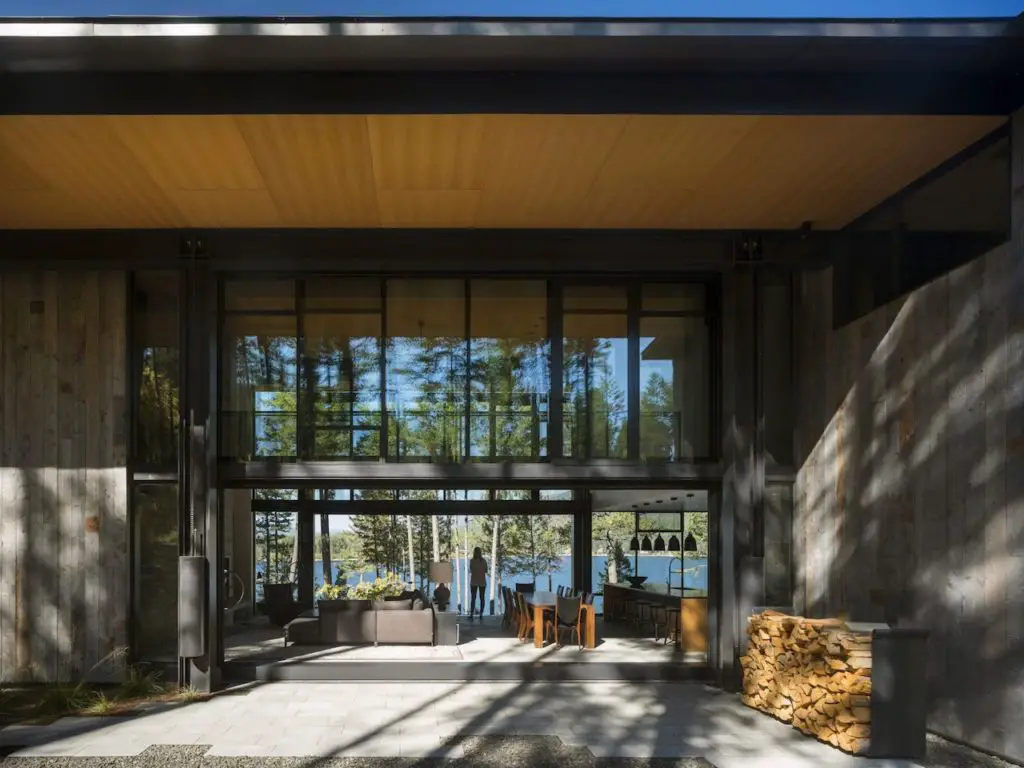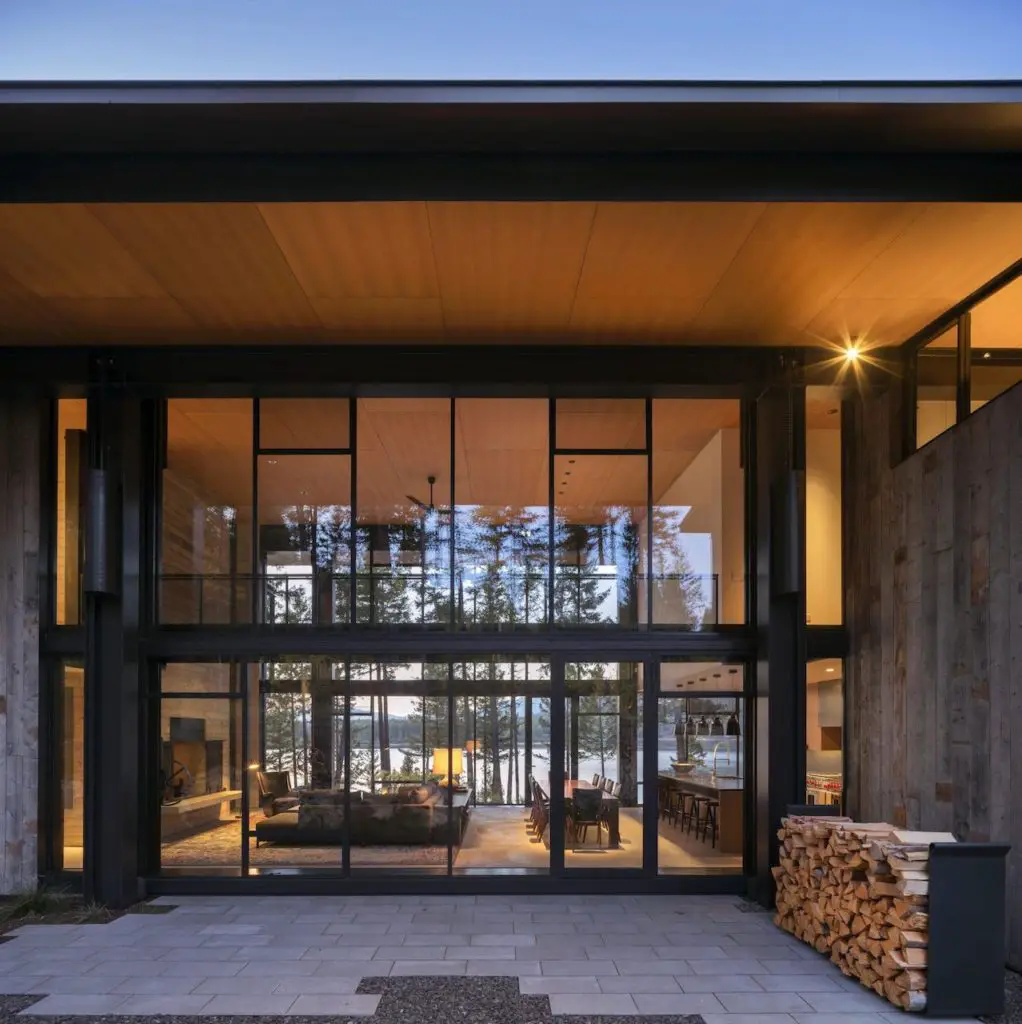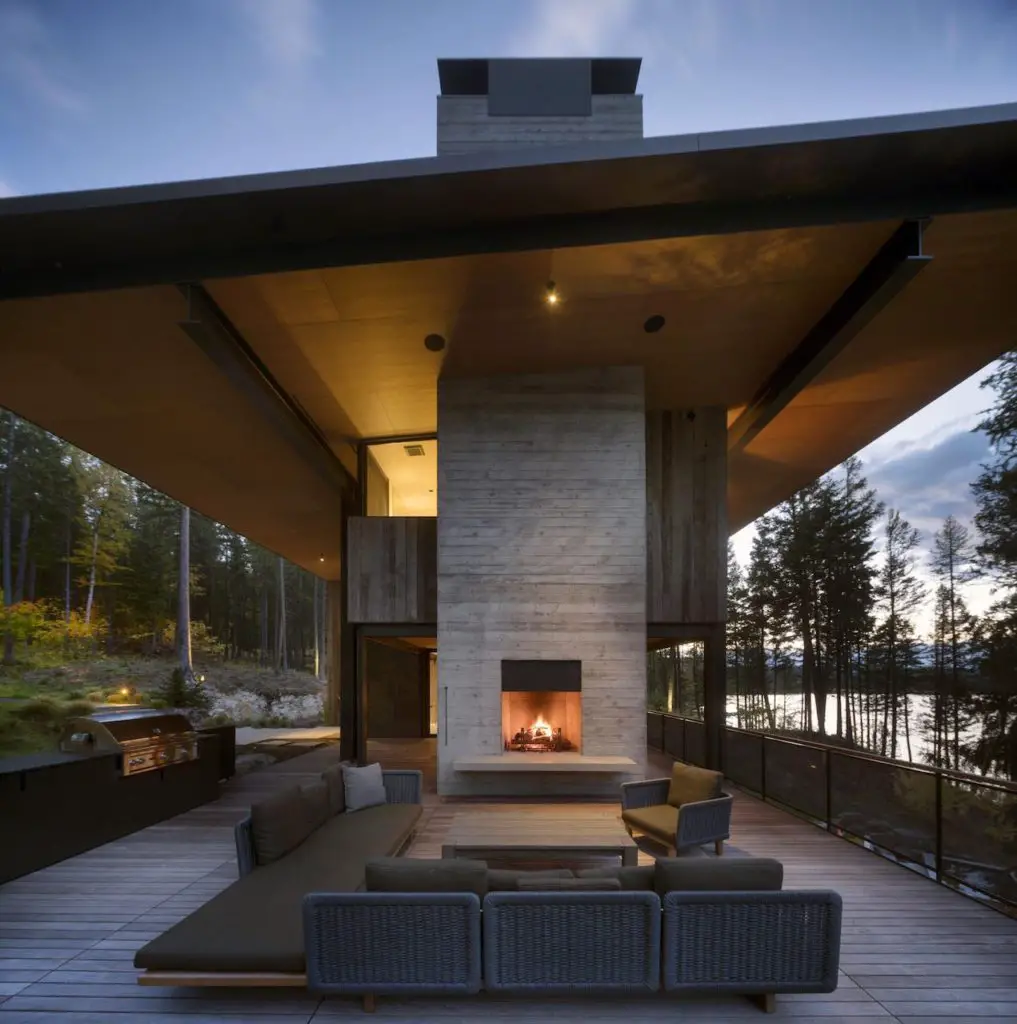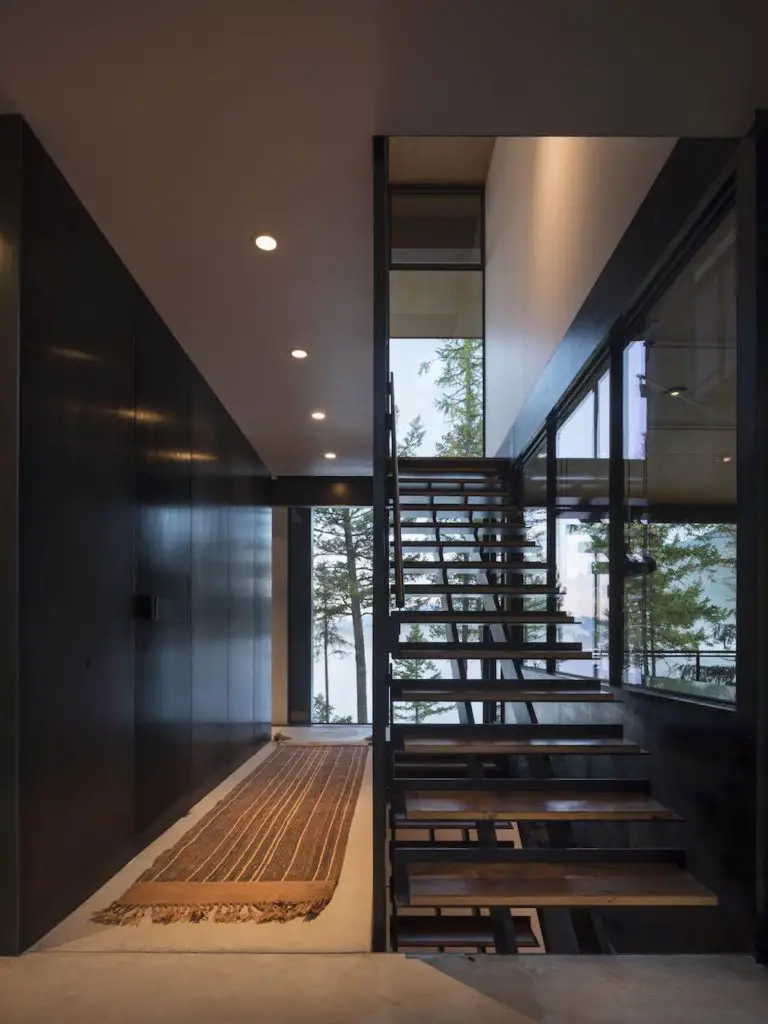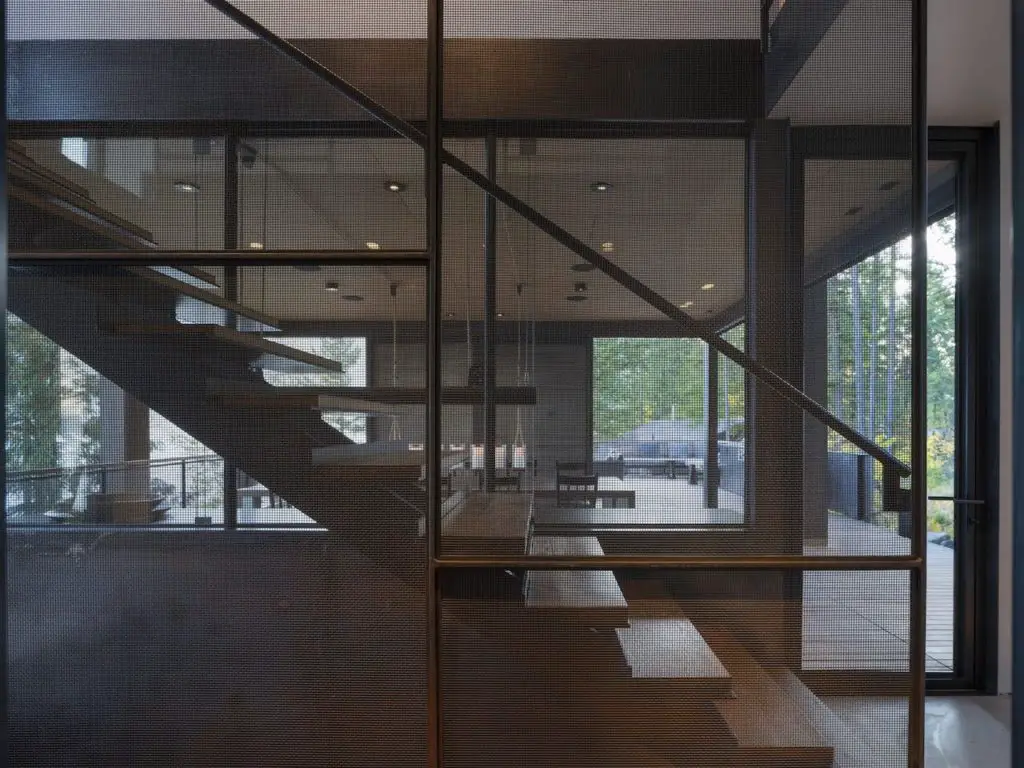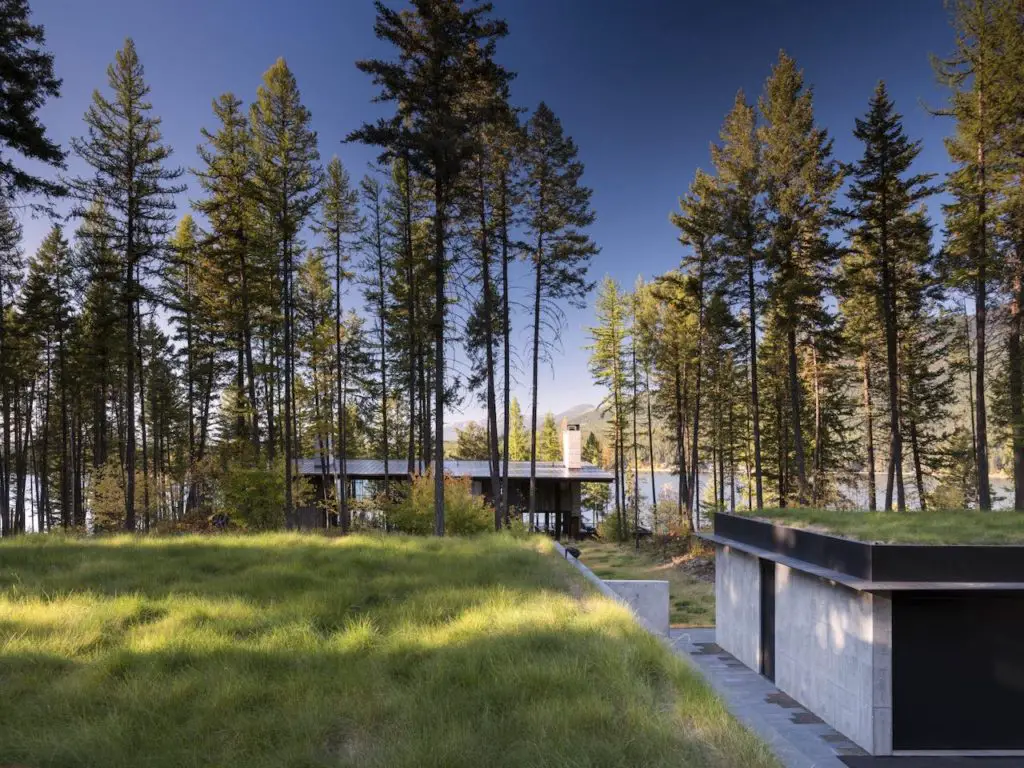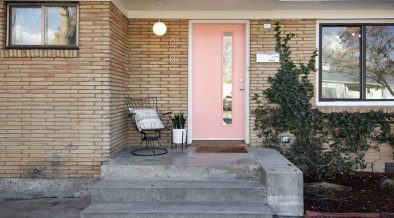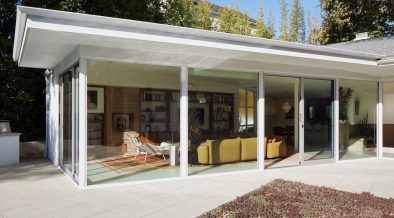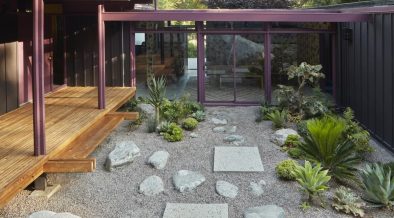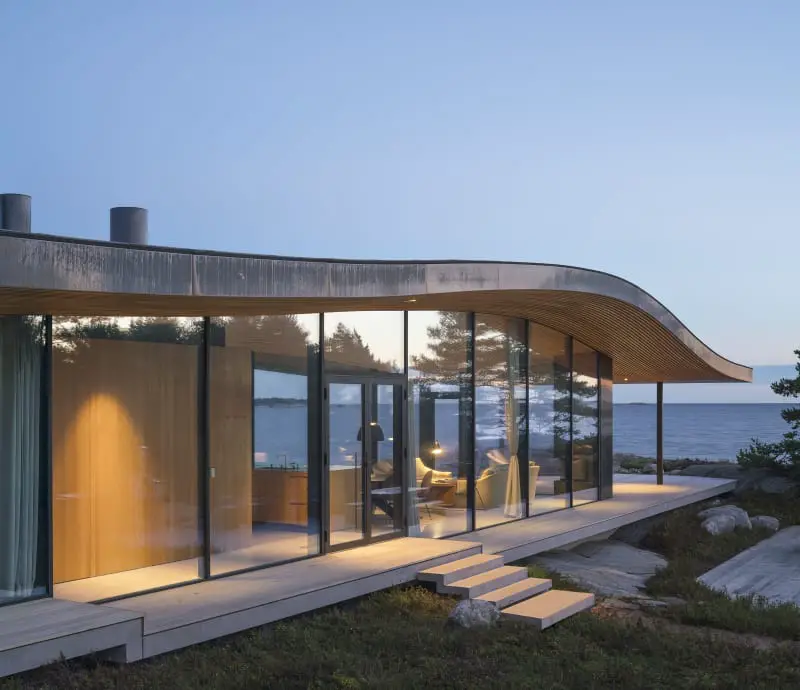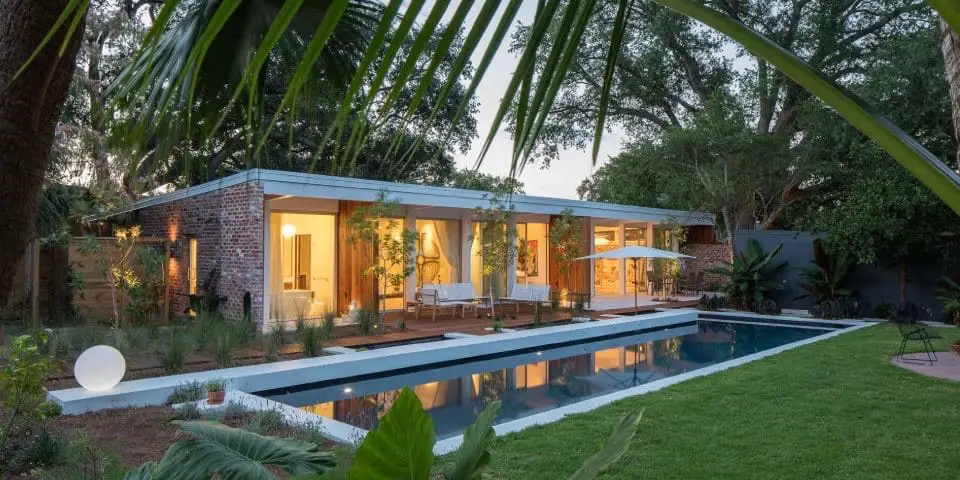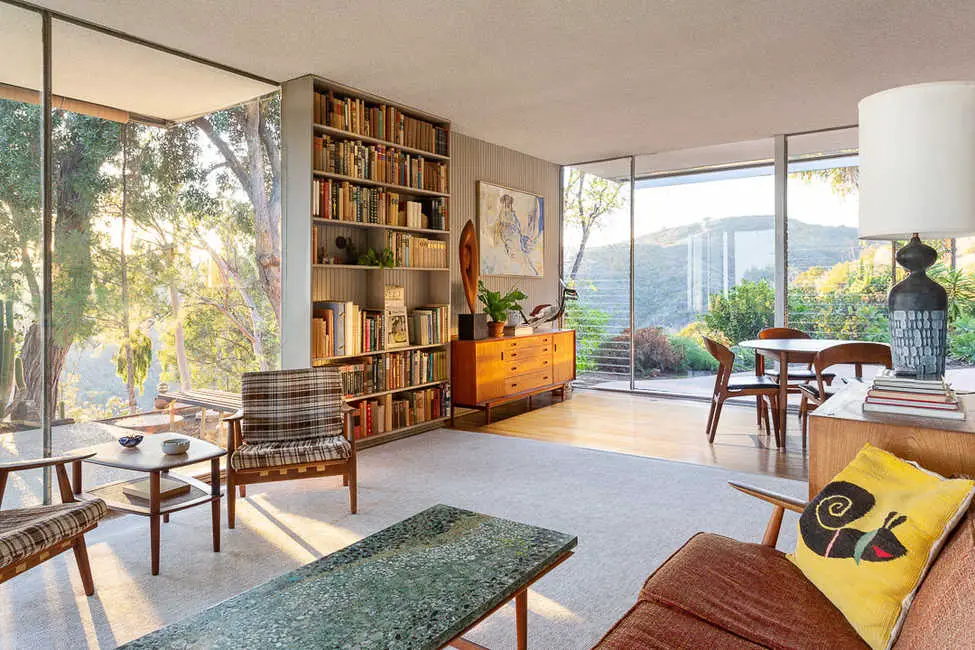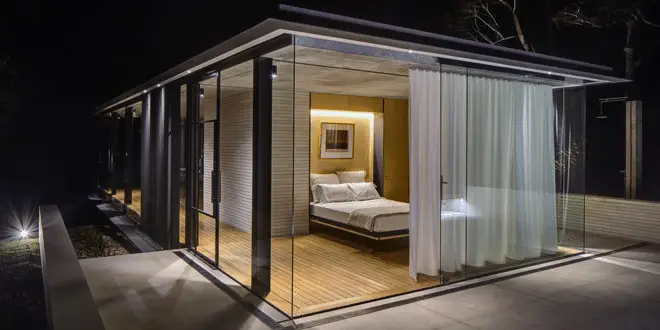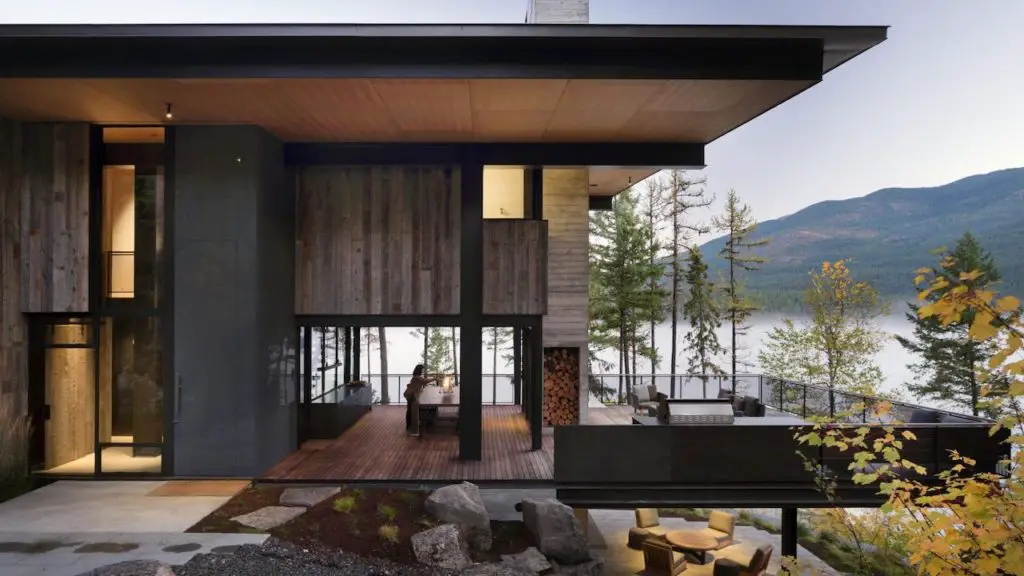
Located by the lake in Northern Montana, this modern vacation home is at its core a place for memories and familial connections. The renowned Seattle architect Tom Kundig of firm Olson Kundig is famous for his modern architecture, seamlessly blending the surrounding nature into his designs.
This project – the Dragonfly House – is no exception. Originally the campsite where the owners would spend their summers, the site lends itself beautifully to the design goal of reconnecting with nature. Located between the Ponderosa lake and forest, the home is a celebration of family and nature and highlights the intersection between two ecological zones.
Inspired by the way a dragonfly blends into its habitat and sits gently on its land, Kundig designed the eponymous home with similar characteristics.
The retractable window walls that make up the house’s facade not only allows for an unhindered view to the lakes beyond, but also maximizes natural ventilation. Furthermore, the different degrees of visual transparencies and enclosures allow for the family to celebrate and engage with nature across all seasons.
The overhang roof is designed to prevent overheating and transitions the property to connect with nature by filling it with native plants and vegetation. Similarly, the house’s materiality allows for it to flow into the landscape gently and seamlessly.
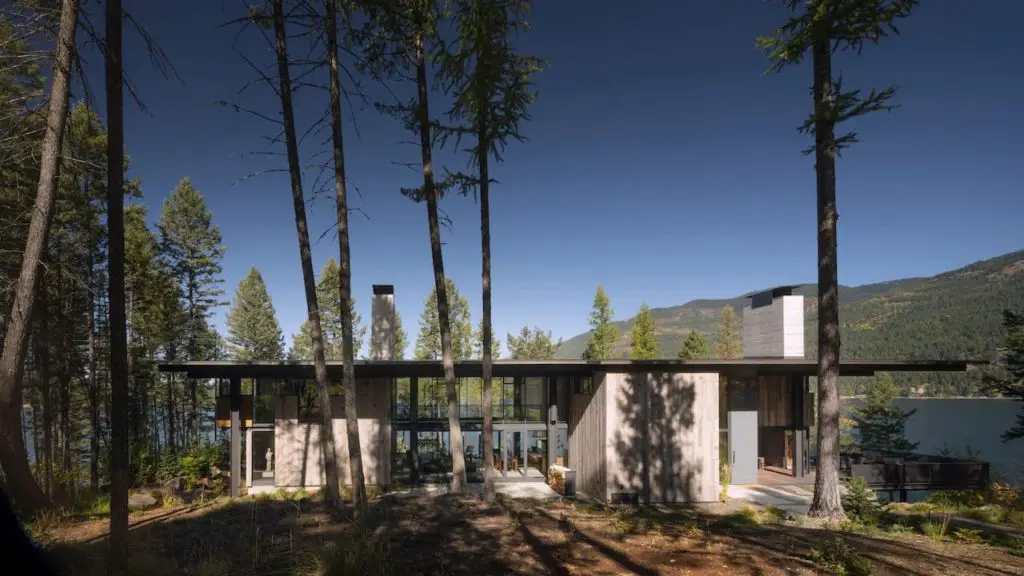
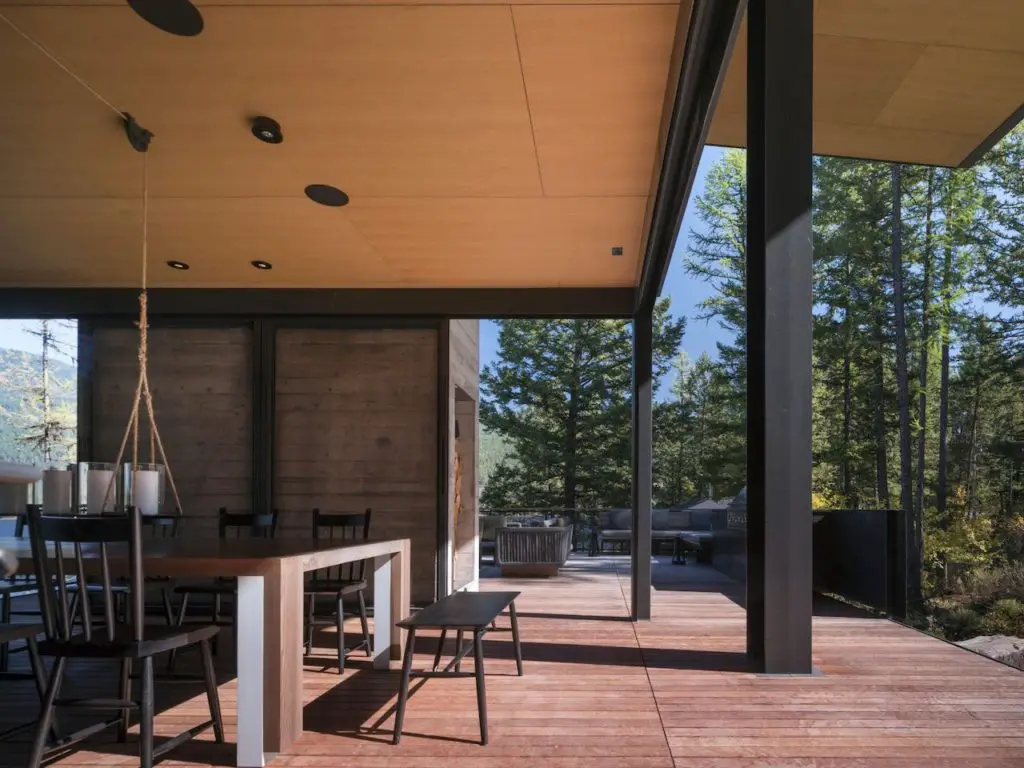
The reclaimed barnwood of the facade would weave the home into the forest as it weathers. Kundig says that his “approach to design prioritizes the honest use of materials and techniques and celebrates the craft of how things go together”.
In line with this design approach, he selects durable and easy-to-maintain materials to reduce waste and create a sustainable house. Sustainability is important to both the architect and the clients and as such, Dragonfly House features climate conscious elements such as passive heating and cooling (through guillotine window walls and south facing glazing).
Kundig also embraced the natural patina of the materials instead of using artificial chemicals to show his respect for the tectonics of the materials as a resource.
According to Kundig, he is able to weave outdoors and indoors seamlessly by exploring and embracing the tension between these two agendas. This tension and juxtaposition is likewise evident in the elevation, which features the tall pine trees against the flat roof of the Dragonfly House.
The open plan of the Dragonfly House also contributes to the architect’s goal of making it a respite for the family where they can reconnect with each other and with nature.
The house maintains a sense of natural discovery, as the site plan is organized around a path that leads to the lake and the forest. Along this path is a “constellation of outdoor spaces including covered decks, a fire pit and a hot pool nestled into the hillside”.
